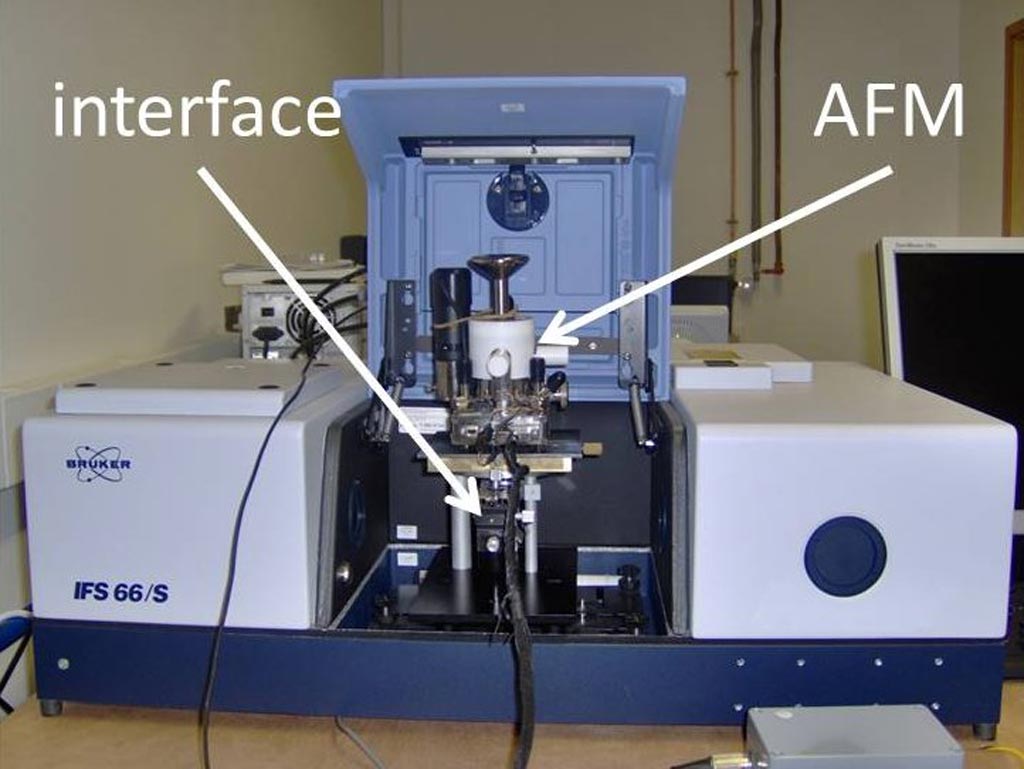Ultrasensitive Imaging Enables Characterization of Individual Nanoparticles
By LabMedica International staff writers
Posted on 27 Apr 2018
An advanced ultrasensitive imaging technique was used to analyze and characterize extracellular vesicles derived from two types of placenta stem cells.Posted on 27 Apr 2018
Extracellular vesicles (EVs) are highly specialized, nanoscale messengers that deliver biological signals and in doing so mediate intercellular communication. Increasing evidence shows that within populations of EVs, important properties including morphology, membrane composition, and content vary substantially. This heterogeneity arises in response to the nature, state, and environmental conditions of the cell source. However, currently there are no effective approaches, which unequivocally discriminate differences between individual EVs. This lack critically hampers progress in this emerging scientific area. Measuring EV heterogeneity is paramount to our understanding of how EVs influence the physiological and pathological functions of their target cells. Moreover, understanding EV heterogeneity is essential for their application as diagnostics and therapeutics.

Image: An atomic force microscope inside a FTIR spectrometer with the optical interface (Photo courtesy of Wikimedia Commons).
To evaluate and understand EV heterogeneity, investigators at the University of Sydney (Australia) developed an innovative approach using resonance enhanced atomic force microscope infrared spectroscopy (AFM-IR) to identify the nanoscale structural composition of EVs.
AFM-IR is one of a family of techniques that are derived from a combination of two parent instrumental techniques; infrared spectroscopy and scanning probe microscopy (SPM). Novel extensions of the original AFM-IR technique and earlier techniques have enabled the development of bench-top devices capable of nanometer spatial resolution that do not require a prism and can work with thicker samples, and thereby greatly improving ease of use and expanding the range of samples that can be analyzed. The particular strength of this approach is that it is a label-free and ultra-high sensitivity technique that has the power to measure individual EV heterogeneity.
The investigators reported in the April 4, 2018, online edition of the journal Nanoscale Horizons that they had validated the use of AFM-IR by characterizing EVs derived from two types of placenta stem cells.
"This really is at the cutting edge of our knowledge of cellular development," said Dr. Wojciech Chrzanowski, associate professor of pharmacy and nanotechnology at the University of Sydney. "EVs could not only be used to identify cellular pathologies but because they carry essential information about cell development, we could engineer them for purposes of tissue repair. The human body naturally directs EVs from stem cells to damaged tissue to assist in its repair. By harnessing this knowledge, we could create a new generation of cell therapies."
Related Links:
University of Sydney













